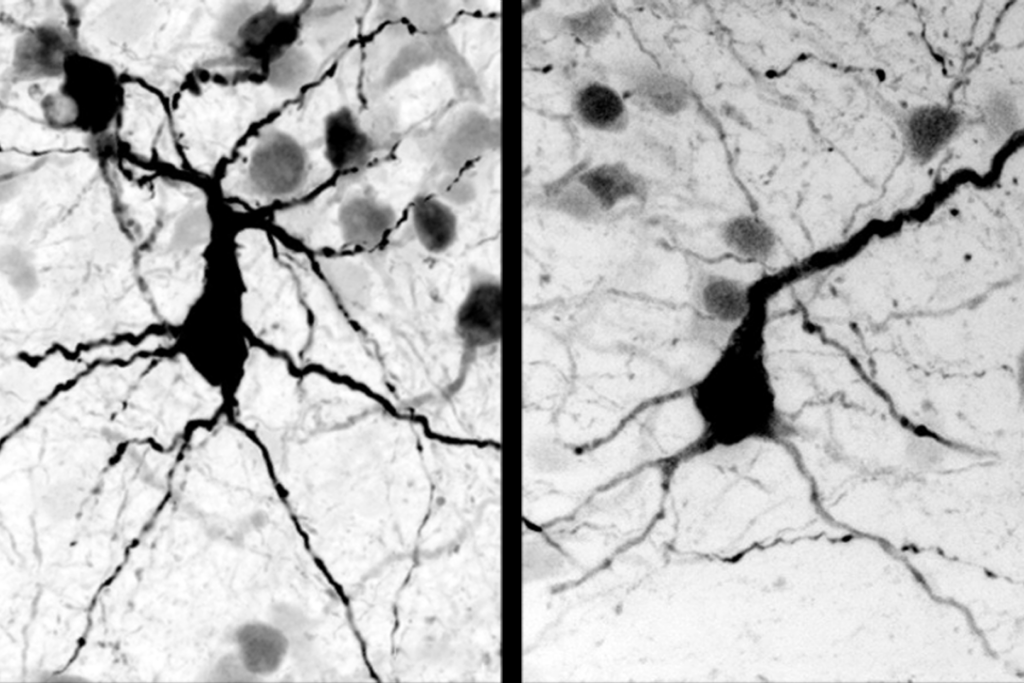Brooke Borel is a science writer, journalist, and author. She’s a contributing editor at Popular Science and she has also written for the Atlantic, Slate, and PBS’s NOVA Next, among others. Her first book, Infested: How the Bed Bug Infiltrated Our Bedrooms and Took Over the World published in 2015.
Brooke Borel
Science writer, journalist, author.
From this contributor
Of mice and women
A new government mandate requires researchers to include females in their animal studies — or explain why they don't. What will this mean for autism research?
Explore more from The Transmitter
Autism in Kenya, organoid research, and more
Here is a roundup of autism-related news and research spotted around the web for the week of 22 December.

Autism in Kenya, organoid research, and more
Here is a roundup of autism-related news and research spotted around the web for the week of 22 December.
‘Unprecedented’ dorsal root ganglion atlas captures 22 types of human sensory neurons
The atlas also offers up molecular and cellular targets for new pain therapies.

‘Unprecedented’ dorsal root ganglion atlas captures 22 types of human sensory neurons
The atlas also offers up molecular and cellular targets for new pain therapies.
Not playing around: Why neuroscience needs toy models
Amid the rise of billion-parameter models, I argue that toy models, with just a few neurons, remain essential—and may be all neuroscience needs.

Not playing around: Why neuroscience needs toy models
Amid the rise of billion-parameter models, I argue that toy models, with just a few neurons, remain essential—and may be all neuroscience needs.
